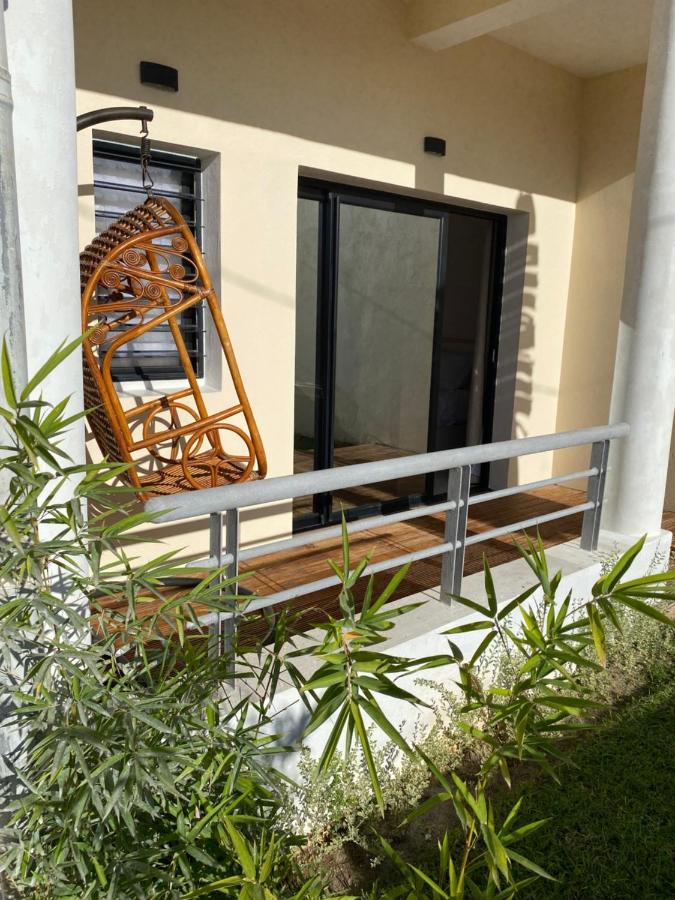Madagascar History and Geography

Introduction to Madagascar
Madagascar, an island located in the southwest of the Indian Ocean, has a surface area of 591 896km2 with a longitude of 1 600 km and an average width of 600km. It is separated from the African continent formerly attached to it by the Gondwana and moving away from it by the Mozambique Channel of a depth of 3 000m. It has inherited an endemic fauna and flora that make the richness of the island. Compared to its size, the island is sparsely populated with a density of 40 inhabitants / km2 with strong population growth.
In the world, Madagascar is the fifth largest island after Australia, Greenland, New Guinea and Borneo.
Its neighborhood to begin with is made up of peninsulas resembling it with Comoros, Seychelles, Reunion Island, Mauritius, towards its north-western side of numerous islands like Nosy Be and Nosy Mitsio.
Its relief, for its part, is divided into three categories to be seen in the East made of cliffs with thin coastal plains, high plateaus in its Central Highlands and in the West wider and more spread out area. The south of Madagascar however covers a very hot climate that causes drought and famine in this region.
Then, in this illustration, it has a semi-tropical climate going towards a tropical climate in the South. With five major climatic regions, there are two distinct seasons depending on the year. Majunga with its beautiful beaches, throughout the year offers you a pleasant view and an unforgettable moment with the festivities and joy that its residents share.
Madagascar, also known as the “red island” because of its side, is accessible by all types of transportation: plane, boat, train and car. The “taxi-brousse” is the most used means of transportation in the regions with rural roads. In its surroundings, the railways, more used for the transport of goods, offer travel services to the public.
Its capital Antananarivo has a cosmopolitan population of 1.7 million inhabitants of all races of “Foko”. Thanks to the contribution of various populations from outside, Madagascar now has various ethnic groups such as the “Merina”, the “Betsileo”, the “Tsimiety”… The region of Antananarivo is the most populated of the big island.
Other large cities of the island such as Tamatave, Antsirabe, Fianarantsoa, Majunga, Tulear, Diego-Suarez use the official language of the island which is “Malagasy”. Living in harmony, they share and exchange their cultures and ways of life. In the cities, both modern and traditional, one can see an infinite number of types known for their hospitality.
Since gaining its independence in 1960, it is now a republic with presidents elected through elections.
Its agriculture uses traditional methods of cultivation to produce local food for its people. Apart from that, the richness of the sea provides it with a variety of fisheries. The Malagasy industries transform all its wealth to feed the country.
Madagascar, a unique island, is a dream destination for travelers.
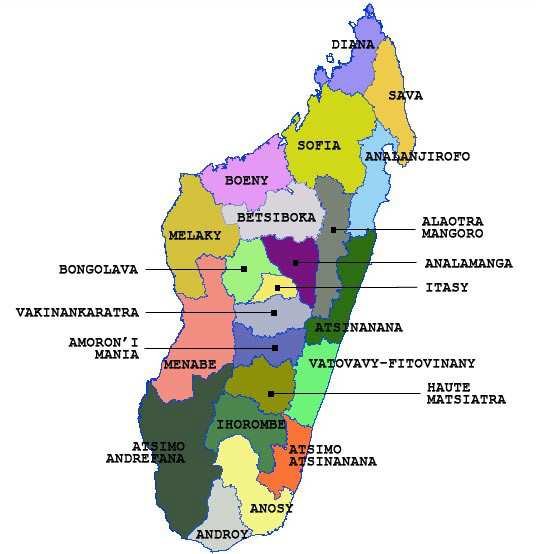
Malagasy heads of state since independence
1st Republic (1958 à 1975)
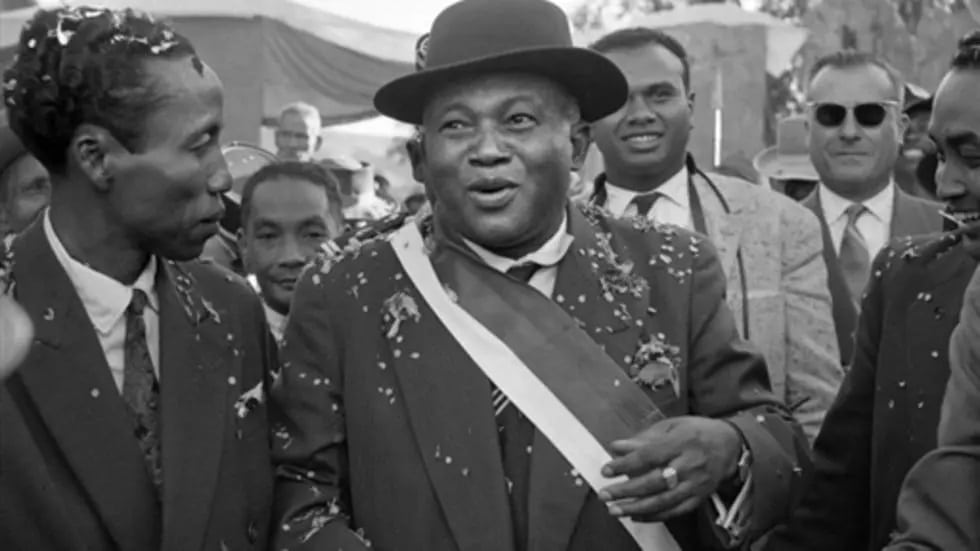
Philibert TSIRANANA :
14 octobre 1958 –
11 octobre 1972
( President of the republic)
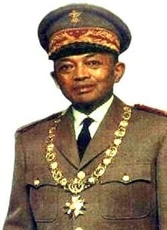
Général Gabriel RAMANANTSOA
11 octobre 1972 –
5 février 1975
(President of the republic)
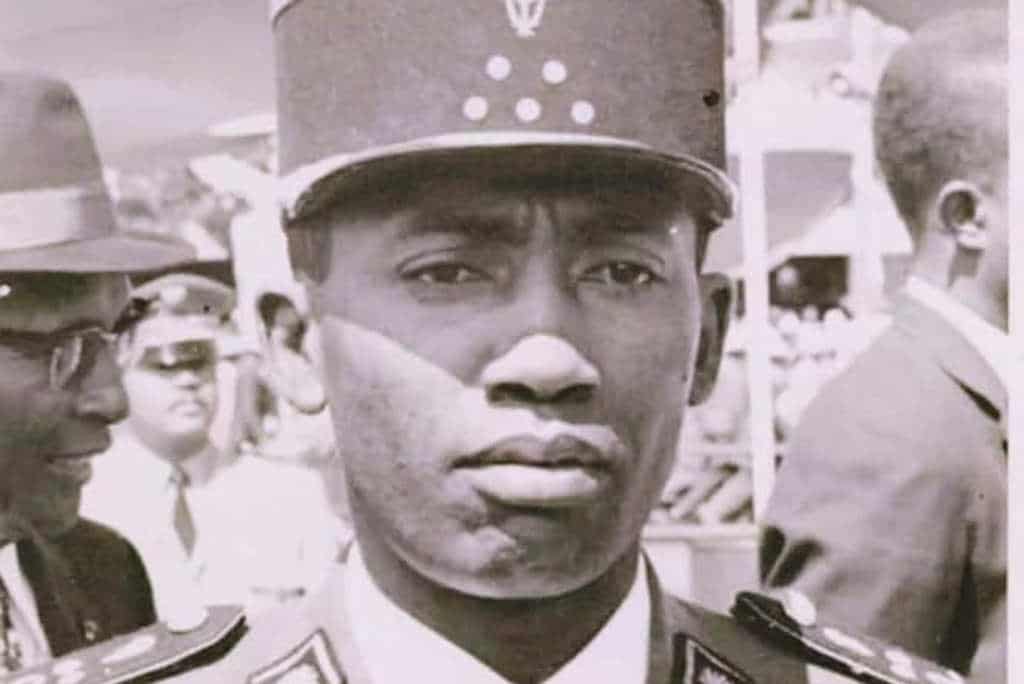
Colonel Richard RATSIMANDRAVA
5 fevrier 1975 –
11 février 1975
(President of the republic)
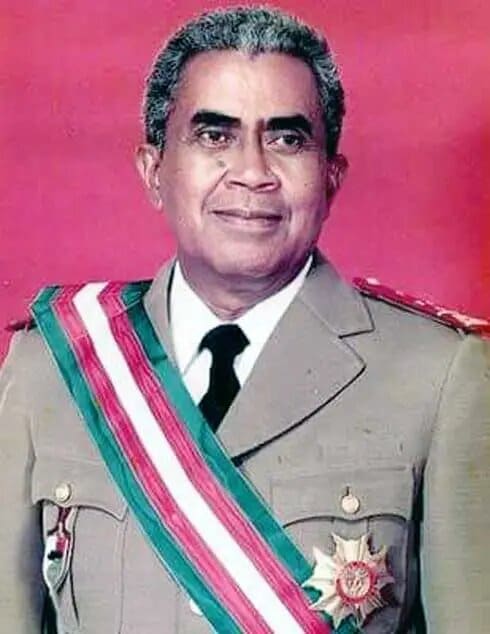
Général Gilles ANDRIAMAHAZO
11 février 1975 –
15 juin 1975
(Chairman of the National Military Committee)
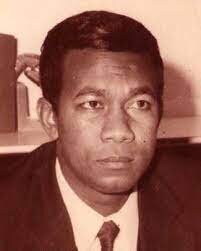
Capitaine de frégate Didier RATSIRAKA
15 juin 1975 –
30 décembre 1975
(President of the Supreme Council of the Revolution)
2nd republic (1975 à 1993)

Capitaine de frégate Didier RATSIRAKA
30 décembre 1975-
30 Janvier 1976
(President of the Supreme Council of the Revolution)

Capitaine de frégate Didier RATSIRAKA
4 janvier 1976 –
27 mars 1993
(President of the republic)
3rd republic (1993 – 2010)
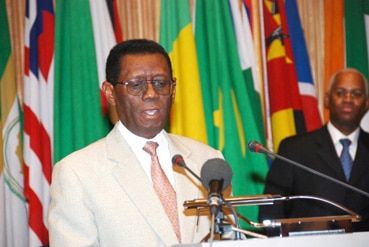
Albert ZAFY
27 mars 1993 –
15 septembre 1996
( President of the republic)
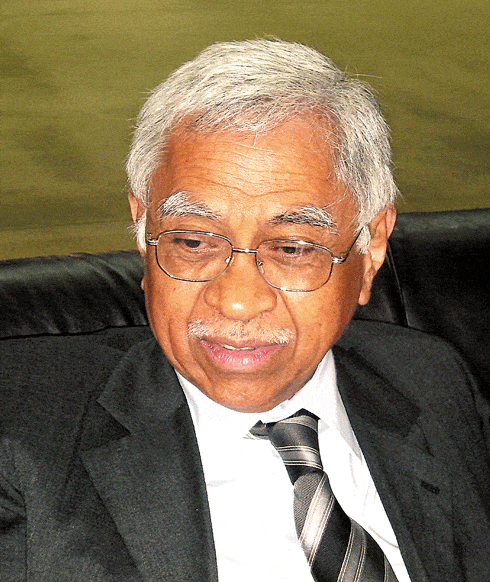
Norbert RATSINAHONANA
5 septembre 1996 –
9 février 1997
(Interim President of the Republic)
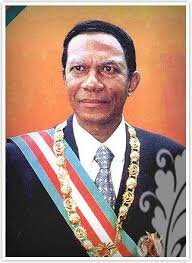
Didier RATSIRAKA
9 février 1997 –
5 juillet 2002
(President of the republic)
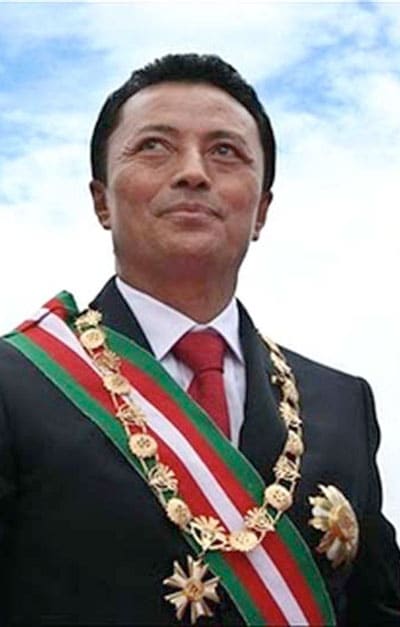
Marc RAVALOMANANA
22 février 2002 –
17 mars 2009
(President of the republic)
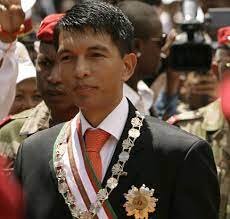
Andry RAJOELINA
17 mars 2009 –
17 novembre 2010
(President of the High Transitional Authority)
4th republic (2010 to date)

Andry RAJOELINA
17 novembre 2010 –
25 janvier 2014
(President of the High Transitional Authority)
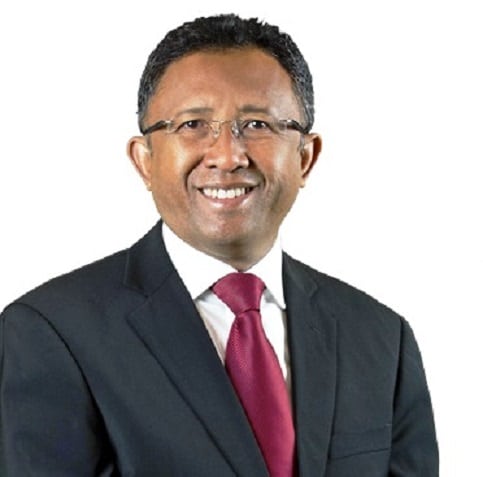
Hery RAJAONARIMAMPIANINA
25 janvier 2011 –
7 septembre 2018
( President of the republic)
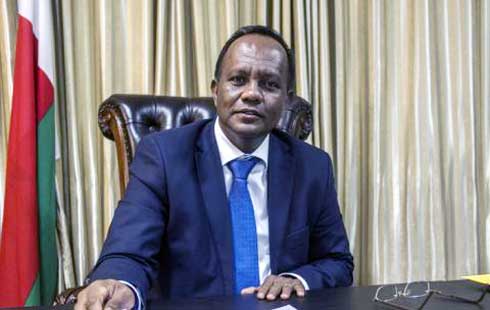
Rivo RAKOTOVAO
7 séptembre 2018
– 18 janvier 2019
(Interim President of the Republic)
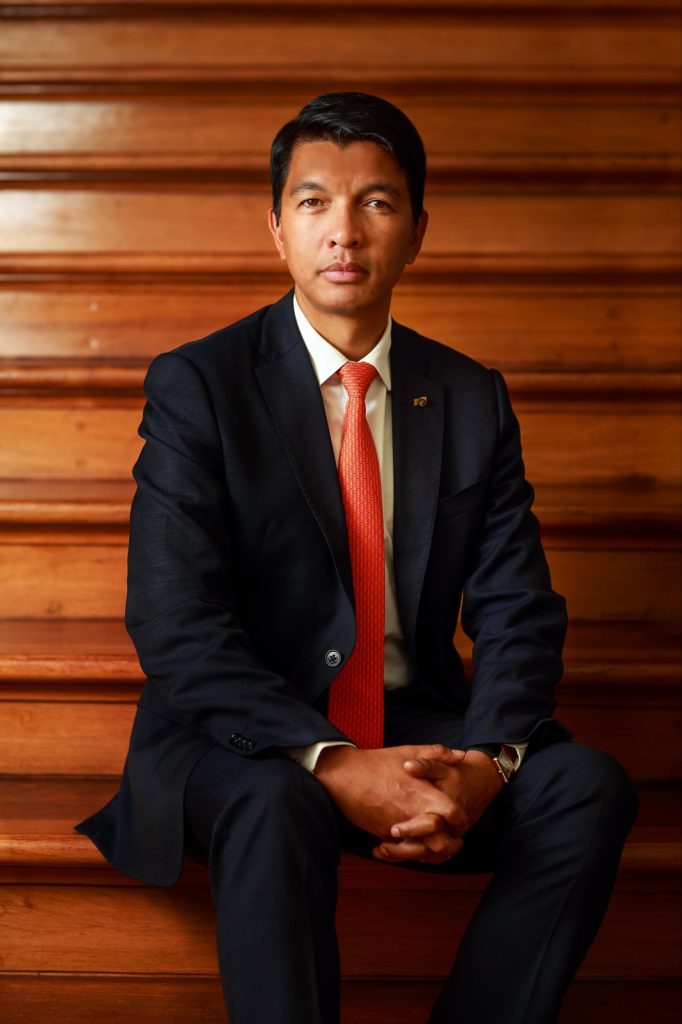
Andry RAJOELINA
18 Janvier 2019 to date
(President of the republic)

